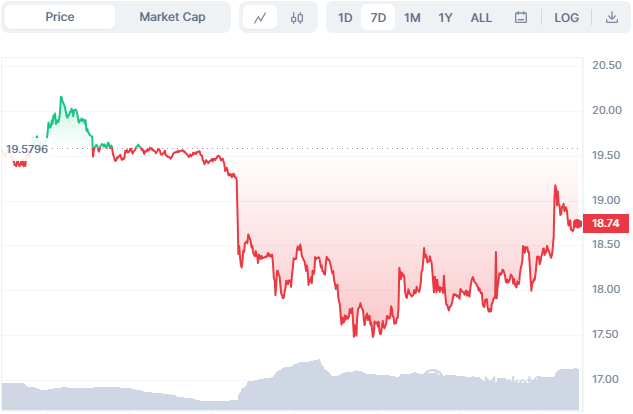In a landmark ruling, U.S. Bankruptcy Judge John Dorsey has given crypto exchange FTX the go-ahead to liquidate up to $3.4 billion in cryptocurrency assets.
The decision sets a legal precedent and serves as a lifeline for FTX to repay its creditors. As the case unfolds, the crypto industry is paying close attention to the impact of this large-scale liquidation.
💥BREAKING: FTX GETS APPROVAL TO DUMP $3.4 BILLION WORTH OF #CRYPTO! $SOL: $1,160,000,000$BTC: $560,000,000$ETH: $192,000,000$APT: $137,000,000$XRP: $119,000,000$BIT: $49,000,000$STG: $46,000,000 pic.twitter.com/jjt3ejdoUA
— Crypto Rover (@rovercrc) September 13, 2023
The court’s approval came despite concerns raised by some FTX customers, who worried that liquidating such large amounts could destabilize the crypto market.
Dorsey dismissed these objections, allowing FTX to sell up to $100 million in cryptocurrency assets weekly. The pace could double to $200 million per week with agreement from the creditors’ committees.
In anticipation of potential market upheaval, FTX has enlisted the services of Galaxy, a U.S. crypto firm, to act as an investment advisor. Galaxy’s role will be to help mitigate “information leakage” risks that could lead to a market crash. A filing said:
“Galaxy Asset Management has extensive experience in areas relevant to digital asset management and trading, including with respect to the types of transactions and investment objectives contemplated.”
Additionally, the court has allowed FTX to enter into hedging and staking agreements, enabling the exchange to generate passive income on mainstream cryptocurrencies like bitcoin (BTC) and ether (ETH).
Impact on Solana and altcoins
The news immediately impacted SOL’s value, causing a 4% drop within a week. FTX’s holdings in SOL, the native asset of the Solana ecosystem, make up nearly 16% of its total circulating supply. The liquidation plan aims to minimize market disturbances by releasing only $9.2 million worth of SOLs monthly.

SOL 7-day price chart, Source: CoinMarketCap
However, the genuine concern lies in FTX’s holdings of less liquid cryptocurrencies like Dogecoin (DOGE), TRON (TRX), and Polygon (MATIC), which represent a substantial fraction of the weekly trading volumes for these digital assets.
Sam Bankman-Fried, FTX’s founder, is still in the woods. Denied a pretrial release, he will face fraud charges on Oct. 3. Judge Lewis Kaplan dismissed claims that Bankman-Fried couldn’t adequately prepare his defense due to detention center conditions, stating the difficulties were “of his own making.”
From super bowl to super fall
More than a year ago, FTX garnered public attention through a Super Bowl commercial featuring comedian Larry David. The message then was to seize the historic opportunity cryptocurrencies offer. Now, FTX and its founder find themselves in a less celebratory spotlight that casts questions on the stability and safety of investing in cryptocurrencies.
This decision has far-reaching implications for the cryptocurrency industry, raising questions about market stability and the liquidation process for bankrupt crypto firms. It offers a glimmer of hope for FTX’s creditors but also raises alarms about the volatile nature of cryptocurrencies, especially lesser-known tokens. As FTX begins its phased liquidation, all eyes will be on this unprecedented move’s impact on the broader cryptocurrency market.
The ruling allows FTX a structured path to repay its creditors, but at a cost that could send shockwaves through the crypto world. As the industry grapples with the implications, the FTX case may well serve as a blueprint—or a warning—for future crypto enterprises facing insolvency.









 and then
and then